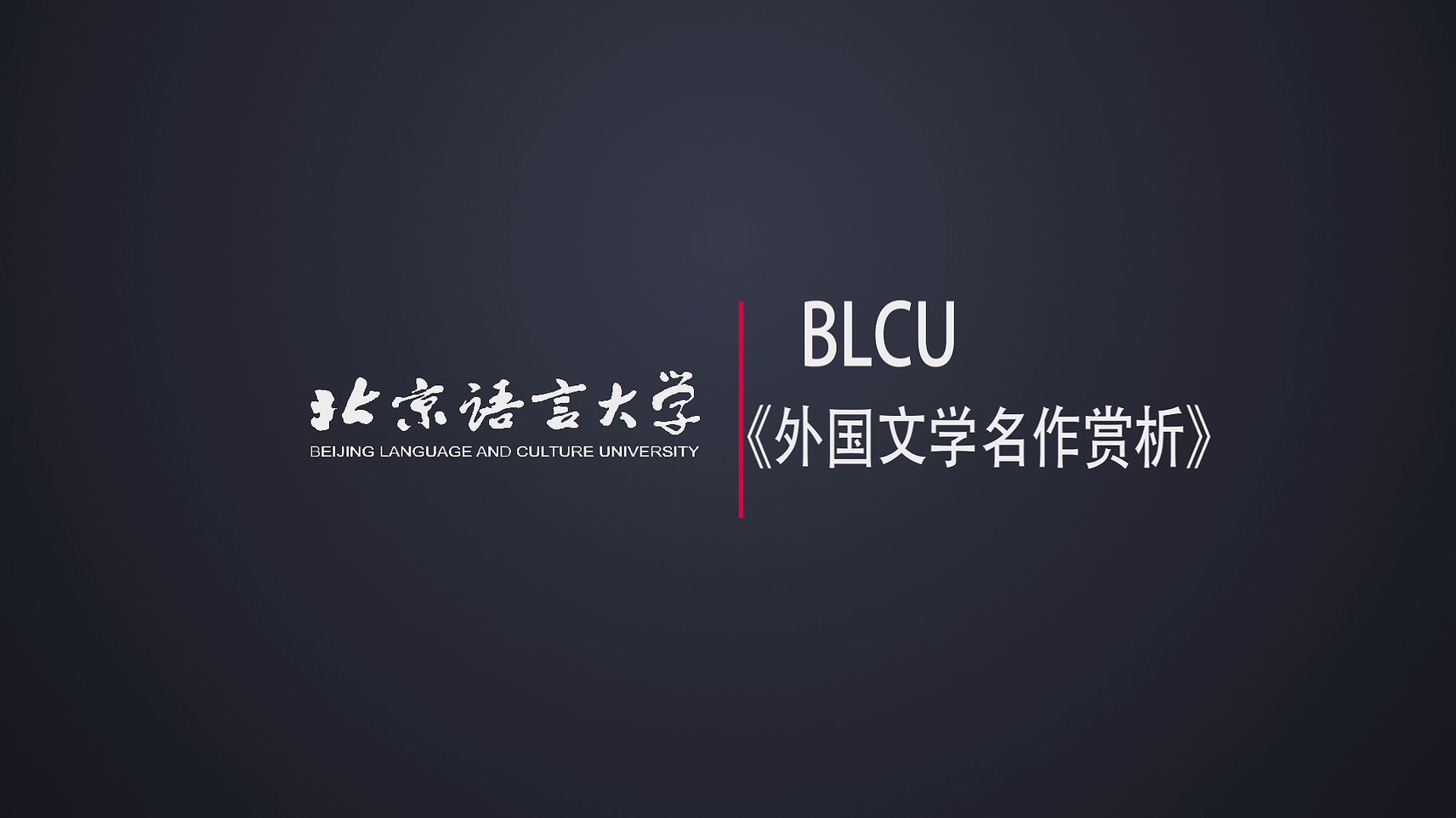
当前课程知识点:Introduction of New Structural Regional Economics > 6. The Practice of New Structural Regional Economics in China > 6.3.1 The Case of Jinjiang and Guanling > 6.3.1 The Case of Jinjiang and Guanling
返回《Introduction of New Structural Regional Economics》慕课在线视频课程列表
返回《Introduction of New Structural Regional Economics》慕课在线视频列表
大家好
欢迎大家来到一节很有趣的案例分析课
第三节为
中国县域发展战略的案例分析
主要对五个案例进行分析
以更好地让大家更好地理解新结构县域发展战略
这五个案例各具特色
其中
福建晋江主要依靠
侨乡来发展
形成所谓的晋江模式
而贵州关岭是
将要素禀赋的比较优势
发挥到极致的典型代表
陕西千阳主要是
介绍政府如何因势利导
讲好苹果故事
山西长治县
是“资源诅咒”到“资源祝福”的代表
最后是新疆和田 新疆和田是绿洲地区
绿洲地区如何发展是世界难题
但是由林毅夫教授所推动的
和田地区的绿洲经济发展取得很大的成功
第一 关于福建省晋江市
晋江市大家并不陌生
福建省下辖县级市
由泉州地级市代管
其为闽金南三角的核心
福建省
综合实力最强的县市
综合竞争力
2017年位居全国百强县市第五位
经济实力连续17年位居八闽县级之首
有人说
2018年的世界杯
中国除了足球队
能去的都去了
这其中 就有频繁出现
在各类国际赛场上的“晋江品牌”
安踏 361° 特步等
晋江不仅集聚了诸多知名体育品牌
更拥有5万家民营企业
和46家上市公司
上市公司是
全国县域中数量最多的
很多中国老百姓耳熟能详的制造业品牌如
柒牌 劲霸 七匹狼 盼盼 恒安等等
都是“晋江品牌”
但是 改革开放之前
晋江地少
人多山贫瘠
不少人靠地瓜和稀饭
填饱肚子
就这么一个贫瘠的农业县
却在40年后的2017年
用福建省两百分之一的土地
创造了全省1/16的GDP
从一个需要国家扶持的贫困县
一跃成为县域经济的领头羊
改革开放初期
晋江利用侨乡
闲房 闲资 闲散劳动力多的
“三闲”优势
选择股份合作制
兴办乡镇企业
随着对外开放的扩大
晋江吸引外资
创办“三资”企业
创办“三资”企业
创办“三资”企业
创办“三资”企业
1996年至2002年间
时任福建省省长的习近平
曾7次深入晋江调研
对“晋江经验”进行了深入思考
写了“晋江经验”的文章
发表在2002年8月20日的《人民日报》
和2002年10月4日的《福建日报》上
其所总结提出的“晋江模式”
就是一种“以市场经济为主
外向型经济为主
股份合作制为主
多种经济成分共同发展”的经济发展道路
其指出
晋江带给我们六条启示:
一是始终坚持以发展
社会生产力
为改革和发展的根本方向
二是始终坚持
以市场为导向发展经济
三是始终坚持
在顽强拼搏中取胜
四是始终坚持
以诚信促进
市场经济的健康发展
五是始终坚持立足本地优势
选择最佳方式
加快经济发展
六是始终坚持
加强政府对市场经济发展的
引导和服务
“晋江经验”给出的答案就是:
立足本地优势 坚持拼搏和诚信精神
政府在市场经济环境中
做好引导和服务
这是与新结构经济学的理论思路
和实践逻辑相契合和相一致的
其实 我们中华民族传统智慧所讲的
“天时”(发展机遇)
“地利”(当地禀赋)
“人和”(奋发有为)
就已经非常精确简洁地概括了
新结构经济学所主张的发展理论
现阶段 晋江市的产业结构是
以工业为主导
服务业比重低于工业
农业
比重较低
就晋江市要素禀赋而言
在发展战略阶段方面 2017年
晋江市的人均地区生产总值为9,447万元
占福建省114.39%(在80%与120%之间)
占全国158.35%
从所处的发展阶段来看
晋江市属于中级水平(M)的发展阶段
在战略规模类型方面
2017年 晋江市的地区生产总值为1981.5亿元
(大于1000亿元、小于3000亿元)
占安徽省地区生产总值的6.10%
占全国地区生产总值的0.24%
从所处的战略规模类型来看
晋江市的地区生产总值属于
中等体量(M)的类型
即晋江市处于中等水平
发展阶段和经济体量
处于中等体量(M-M)发展战略
但是现阶段
晋江市的产业太轻
重工业和技术密集型产业
发展不足
未来 晋江市应该
由劳动力密集型产业发展战略
转向资本密集型
和人力资本密集型产业
发展战略
大力发展
高端装备机械 新材料
海洋生物等战略性新兴产业
主动融入
“一带一路”
泉州“海丝”先行区建设战略布局
开拓深度融合的
互利合作格局
发展更高层次的开放型经济
改造提升传统产业:
纺织服装 制鞋 食品饮料
建材陶瓷 纸制品
及包装印刷产业
(转进型产业)
培育发展新兴产业:
新材料 光伏电子 智能装备
及机械制造
汽车制造及零部件产业
(追赶型产业)
未来需要继续谱写
晋江经验
第二 关于贵州关岭
关岭大家可能比较陌生
位于贵州省中部
隶属安顺市
坐落于云贵高原东部
脊状斜坡南侧
向广西丘陵倾斜的斜坡地带
由关岭县所处发展阶段
和战略类型分析
可知其属于(M-S)发展战略
但是关岭闻名之处在于“海拔经济学”
根据海拔这一典型的要素
禀赋特征差异化的产业
关岭所谓的“海拔”经济学
就是把海拔分为三个区位
800米以下为低海拔区
800至1200米为中海拔区
1200米以上为高海拔区
充分研究每一个海拔高度的土壤 气候
然后通过比较分析
形成科学的产业布局
低海拔段
主要以种植精品水果和精品蔬菜为主
如火龙果 蜂糖李
早熟蔬菜等
中海拔段
主要种植药材
和“粮改饲”
种植牛产业的上游
原料甜玉米等
高海拔主要是
以种植中药材和养牛为主
战术举措方面
主要可以从以下三个方面进行着手:
1 区域规划政策
2 国家提出和实施“一带一路”
长江经济带
珠江西江经济带
区域合作发展战略
为关岭县
加快融入区域发展
争取国家更多项目和投资带来新机遇
2 产业链举措
以关岭大健康民族食药产业园区
为中心
重点打造
绿色食品和新医药产业
“围绕产业园区进行点状式布局:
在关索 龙潭 花江
发展绿色食品
和新医药深加工产业
并在其他乡镇(街道办)布局特色种养殖基地
为加工提供原材料保障
形成产业链条
3 规划区域内部布局
结合关岭县域特色资源优势
按照“城乡规划一体化
产业布局一体化
基础设施建设一体化
公共服务一体化”的
总体思路
全力打造
改革开放创新型
历史文化型 宜居宜游型
绿色生态型
山水田园型“五型小城镇”
-1.1.1 China's Physical Geography
--1.1.1 China's Physical Geography
--1.1.1 Test
-1.1.2 Hu Line
--1.1.2 Test
-1.1.3 Economic catch-up of the central and western China
--1.1.3 Economic catch-up of the central and western China
--1.1.3 Test
-1.2.1 Overview of China’s economy
--1.2.1 Overview of China’s economy
--1.2.1 Test
-1.2.2 Coastal special economic zones in China
--1.2.2 Coastal special economic zones in China
--1.2.2 Test
-1.2.3 Western Development strategy in China
--1.2.3 Western Development strategy in China
--1.2.3 Test
-1.2.4 Northeast China Revitalization Plan
--1.2.4 Northeast China Revitalization Plan
--1.2.4 Test
-1.2.5 Rise of Central China Plan
--1.2.5 Rise of Central China Plan
--1.2.5 Test
-1.3.1 Coordinated regional development and main functional area
--1.3.1 Coordinated regional development and main functional area
--1.3.1 Test
-1.3.2 China’s urban agglomeration pattern and the economic effect
--1.3.2 China’s urban agglomeration pattern and the economic effect
--1.3.2 Test
-2.1 Agricultural location theory
--2.1 Agricultural location theory
--2.1 Test
-2.2 Growth Pole Theory
--2.2 Test
-2.3 The Stages of Economic Growth
--2.3 The Stages of Economic Growth
--2.3 Test
-2.4 Pole & Axis System Theory
--2.4 Pole & Axis System Theory
--2.4 Test
-2.5 Center-periphery theory
--2.5 Test
-3.1 Why New Structural Economics
--3.1 Why New Structural Economics
--3.1 Test
-3.2 The Theoretical Foundation of New Structural Economics
--3.2 The Theoretical Foundation of New Structural Economics
--3.2 Test
-3.3 Does New Structural Economics Offer Explanations?
--3.3 Does New Structural Economics Offer Explanations?
--3.3 Test
-3.4 Application for Industrial Policy
--3.4 Application for Industrial Policy
--3.4 Test
-3.5 Does the idea of New Structural Economics work?
--3.5 Does the idea of New Structural Economics work?
-4.1 Regional Externality
--4.1 Test
-4.2 Endowment Structure Transformation
--4.2 Endowment Structure Transformation
--4.2 Test
-4.3 Role Boundary of Facilitating Government
--4.3 Role Boundary of Facilitating Government
--4.3 Test
-4.4 Spatial Optimal Equilibrium
--4.4 Spatial Optimal Equilibrium
--4.4 Test
-4.5 Evolution of Dynamic Spiral
--4.5 Evolution of Dynamic Spiral
--4.5 Test
-5.1 China's Development Experience and OFDI
--5.1 China's Development Experience and OFDI
--5.1 Test
-5.2 Commonness and New Trends of Developing Countries
--5.2 Commonness and New Trends of Developing Countries
--5.2 Test
-5.3 Industrialization of Developing Countries with Special Economic Zones
--5.3 Industrialization of Developing Countries with Special Economic Zones
--5.3 Test
-5.4 Growth Identification and Facilitation Framework (GIFF)
--5.4 Growth Identification and Facilitation Framework (GIFF)
--5.4 Test
-5.5 GIFF in Practice and Case Studies (Nigeria, Benin and Uzbekistan)
--5.5 GIFF in Practice and Case Studies (Nigeria, Benin and Uzbekistan)
--5.5 Test
- 6.1.1 The global competitiveness model and its theoretical basis
-- 6.1.1 The global competitiveness model and its theoretical basis
--6.1.1 Test
- 6.1.2 The Brief introduction of the Theory of County Economic Competitiveness
-- 6.1.2 The Brief introduction of the Theory of County Economic Competitiveness
--6.1.2 Test
- 6.2.1 Situation of the Chinese Counties: Development Stage、Location Characteristics and Natural Res
-- 6.2.1 Situation of the Chinese Counties: Development Stage、Location Characteristics and Natural Res
--6.2.1 Test
- 6.2.2 The other Situation of the Chinese Counties and The Case of Qinyuan Pencil
-- 6.2.2 The other Situation of the Chinese Counties and The Case of Qinyuan Pencil
--6.2.2 Test
- 6.2.3 The County's Development Strategy (comparative advantage) Analysis
--6.2.3 The County's Development Strategy (comparative advantage) Analysis
--6.2.3 Test
-6.2.4 The Other County's Development Strategy (comparative advantage) Analysis and Conclusion
--6.2.4 The Other County's Development Strategy (comparative advantage) Analysis and Conclusion
--6.2.4 Test
-6.3.1 The Case of Jinjiang and Guanling
--6.3.1 The Case of Jinjiang and Guanling
--6.3.1 Test
- 6.3.2 The Case of Qianyang and Changzhi
-- 6.3.2 The Case of Qianyang and Changzhi
--6.3.2 Test
- 6.3.3 The Case of Hotan
-7.1.1 Targeted Poverty Alleviation Strategy
--7.1.1 Targeted Poverty Alleviation Strategy
--7.1.1 Test
-7.1.2 Cases of the Old Revolutionary Base Areas
--7.1.2 Cases of the Old Revolutionary Base Areas
--7.1.2 Test
-7.2 Growth Identification and Industrial Policy: Jilin Revitalization
--7.2 Growth Identification and Industrial Policy: Jilin Revitalization
--7.2 Test
- 7.3.1 The Carrying Capacity of Yangtze River Economic Belt
-- 7.3.1 The Carrying Capacity of Yangtze River Economic Belt
--7.3.1 Test
- 7.3.2 The Development of Yangtze River Economic Belt
--7.3.2 The Development of Yangtze River Economic Belt
--7.3.2 Test
-7.4 Growth Identification and Facilitation: Integration of Yangtze River Delta and High-quality Deve
--7.4 Growth Identification and Facilitation: Integration of Yangtze River Delta and High-quality Deve
--7.4 Test
-Final examination

